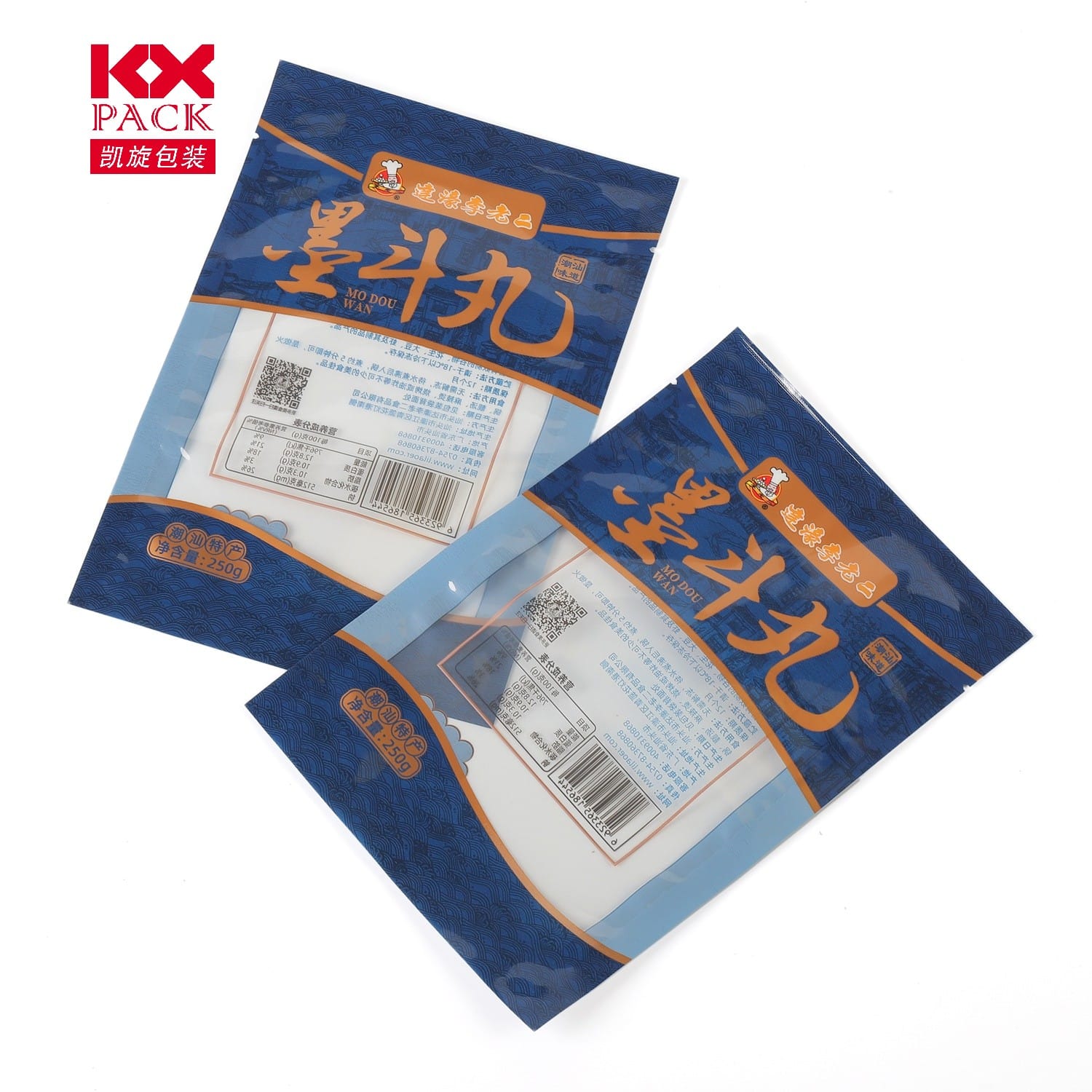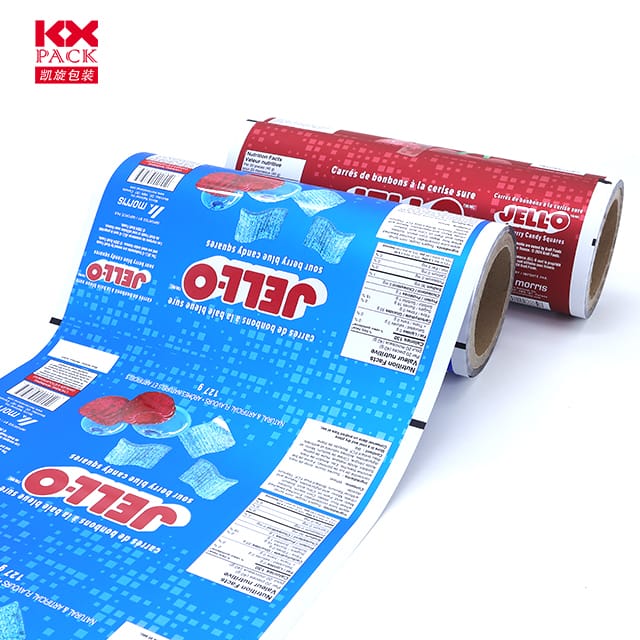Sealing Film Plastic: The Unsung Hero of Preservation and Protection
Sealing Film Plastic
In a world where convenience meets functionality, sealing film plastic stands as a quiet yet indispensable tool. Whether you’re packing leftovers, shipping fragile items, or preserving sensitive materials, this versatile material plays a crucial role in extending shelf life, preventing spoilage, and ensuring safety. Let’s peel back the layers (pun intended) of sealing film plastic and explore its applications, benefits, and eco-friendly alternatives.
What is Sealing Film Plastic?
Sealing film plastic, often referred to ascling wrap, stretch film, or food wrap, is a thin, flexible plastic sheet designed to adhere to surfaces and create an airtight or moisture-resistant seal. Made primarily from polyethylene (PE), polyvinyl chloride (PVC), or biodegradable polymers, it’s a staple in households, industries, and logistics worldwide.
Key Applications of Sealing Film Plastic
- Food Preservation:
- The most common use is in kitchens, where sealing film keeps food fresh by preventing air and moisture exposure. From covering bowls to wrapping sandwiches, it reduces waste and extends the lifespan of perishables.
- Commercial food packaging often uses heavy-duty sealing films to maintain product quality during transit and storage.
- Industrial and Logistical Packaging:
- In warehouses and factories, stretch wrap (a thicker variant of sealing film) is used to bundle pallets, secure cargo, and protect goods from dust, water, and tampering.
- Pharmaceutical and electronics industries rely on sealing films to safeguard sensitive components from contamination.
- Laboratory and Scientific Use:
- Sealing films are critical in labs for sealing petri dishes, microplates, and other containers to prevent contamination in experiments.
- They’re also used in medical settings to sterilize equipment and maintain sterile environments.
- Arts, Crafts, and DIY:
- Crafters use sealing film to protect projects, create stencils, or even mold flexible shapes. Its transparency and adhesive properties make it a handy tool for creative minds.
Advantages of Sealing Film Plastic
- Cost-Effective: Affordable and widely available, sealing film offers a budget-friendly solution for preservation.
- Versatile: Adaptable to various shapes, sizes, and surfaces, from irregular food containers to industrial pallets.
- Ijyenik: Creates a barrier against bacteria, pests, and odors, ensuring safety and freshness.
- Transparan: Allows easy visibility of contents without unwrapping, which is ideal for inventory management or food storage.
Environmental Concerns and Sustainable Alternatives
While sealing film plastic is undeniably useful, its single-use nature and non-biodegradability pose environmental challenges. Millions of tons of plastic waste end up in landfills or oceans annually, prompting a search for greener alternatives:
- Biodegradable Films:
- Made from plant-based materials like cornstarch or cassava, these films decompose naturally in composting conditions.
- Brands like If You Care epi BioBag offer eco-friendly cling wraps.
- Reusable Silicone Covers:
- Flexible, dishwasher-safe silicone lids and stretch covers can replace single-use plastic wrap for food storage.
- Brands like Stasher epi Food Huggers are leading the charge in reusable kitchen solutions.
- Beeswax Wraps:
- Coated in natural beeswax, these wraps are moldable, reusable, and compostable. They’re perfect for covering bowls or wrapping snacks.
- Paper-Based Sealing Solutions:
- For dry goods or industrial packaging, recyclable paper-based films or coatings are gaining traction.
Tips for Responsible Use
- Reduce: Opt for reusable alternatives whenever possible.
- Reuse: Wash and reuse plastic sealing film if it’s still intact (though this is less common due to hygiene concerns).
- Recycle: Check local recycling guidelines—some areas accept clean, dry plastic wrap in specialized recycling programs.
- Compost Biodegradable Options: If using biodegradable film, ensure it’s disposed of in a composting facility.
The Future of Sealing Film Plastic
The demand for sealing films isn’t slowing down, but the industry is evolving. Innovations include:
- Fim manjab: Made from seaweed or starch, these could replace plastic in food packaging.
- Nanotechnology-Enhanced Films: Self-healing or antimicrobial coatings to improve functionality.
- Smart anbalaj: Films that change color to indicate spoilage or freshness.
Konklizyon: Sealing the Deal Sustainably
Sealing film plastic has earned its place as a household and industrial essential, but its environmental footprint calls for mindful consumption. By choosing reusable or biodegradable alternatives and advocating for sustainable practices, we can enjoy the benefits of sealing technology without compromising the planet.
How do you use sealing film plastic in your daily life? Have you tried any eco-friendly alternatives? Share your experiences in the comments below! 🌍🍴
Mo kle: sealing film plastic, cling wrap, stretch film, sustainable packaging, biodegradable cling wrap, food preservation







